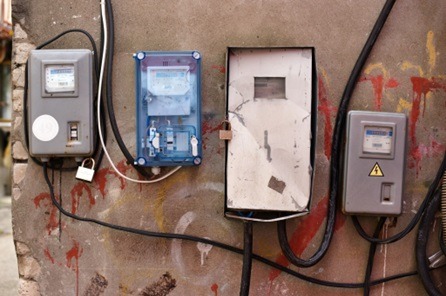A fuse is a type of safety device protecting electrical circuits against excessive current. These fuses are designed to melt and interrupt the flow of current in the event of an overload or short circuit. This prevents damage to the circuit and reduces the risk of fire.
When an electrical current flows through a conductor, it generates heat. If the current is too high, the heat can become intense enough to damage the conductor. This is where fuses come in.
Fuses are made of a metal that melts at a specific temperature. So, when the current flowing through the fuse becomes too high, the heat causes the metal to melt, and the circuit is broken. This interrupts the flow of current and protects the conductor from overheating.
Here Is the Classification of Fuses:
One Time Only Fuse
A fuse is a device used to protect an electrical circuit from overload. There are many fuses, but the most common type is the one-time only fuse. This fuse is designed to blow when there is an overload of current in the circuit. The one-time-only fuse will not reset itself, so it must be replaced after blown. This type of fuse is typically used to protect circuit breakers and other devices from damage.
Resettable Fuse
Resettable fuses are a type of fuse that can be reset after an overcurrent event. They are typically used in applications where a temporary overcurrent may occur, such as automotive and industrial applications. Resettable fuses work by interrupting the flow of current when an overcurrent is detected. The current is then allowed to flow again once the overcurrent event has ended and the fuse has been reset. Resettable fuses are a convenient and safe option for applications where an overcurrent may occur. They are easy to use and can be reset quickly and easily.
Current Limiting Fuse
Current-limiting fuses are available in various sizes and ratings to suit the specific application. They are typically made of metal or ceramic and filled with a low-melting-point alloy. The fuse element is designed to melt and open the circuit when the current exceeds the rated value.
Current-limiting fuses offer many advantages over other types of fuses. They can provide superior protection against overcurrent and can be used in a wide range of applications. When selecting a current-limiting fuse, it is important to consider the application’s specific needs.
Non–Current Limiting Fuses
Non-current limiting fuses are designed to interrupt the circuit when the current exceeds the rated value of the fuse. This type of fuse does not limit the amount of current that flows through it, and as a result, it can cause damage to the circuit if it is not properly sized.
Conclusion
Fuse is the connecting link between electrical equipment and the power source. Fuses are used to protect equipment and people by providing a safe disconnect point in the event of an electrical overload. Overloads can occur when too much current flows through the circuit, when the circuit is shorted, or when there is a ground fault. Fuses are designed to open the circuit and stop the flow of current when an overload occurs.


